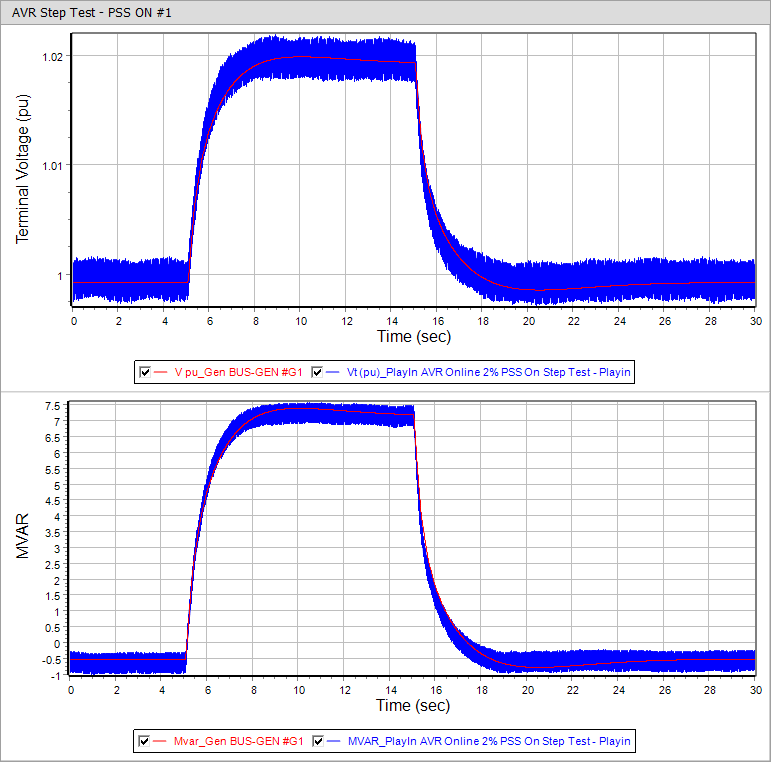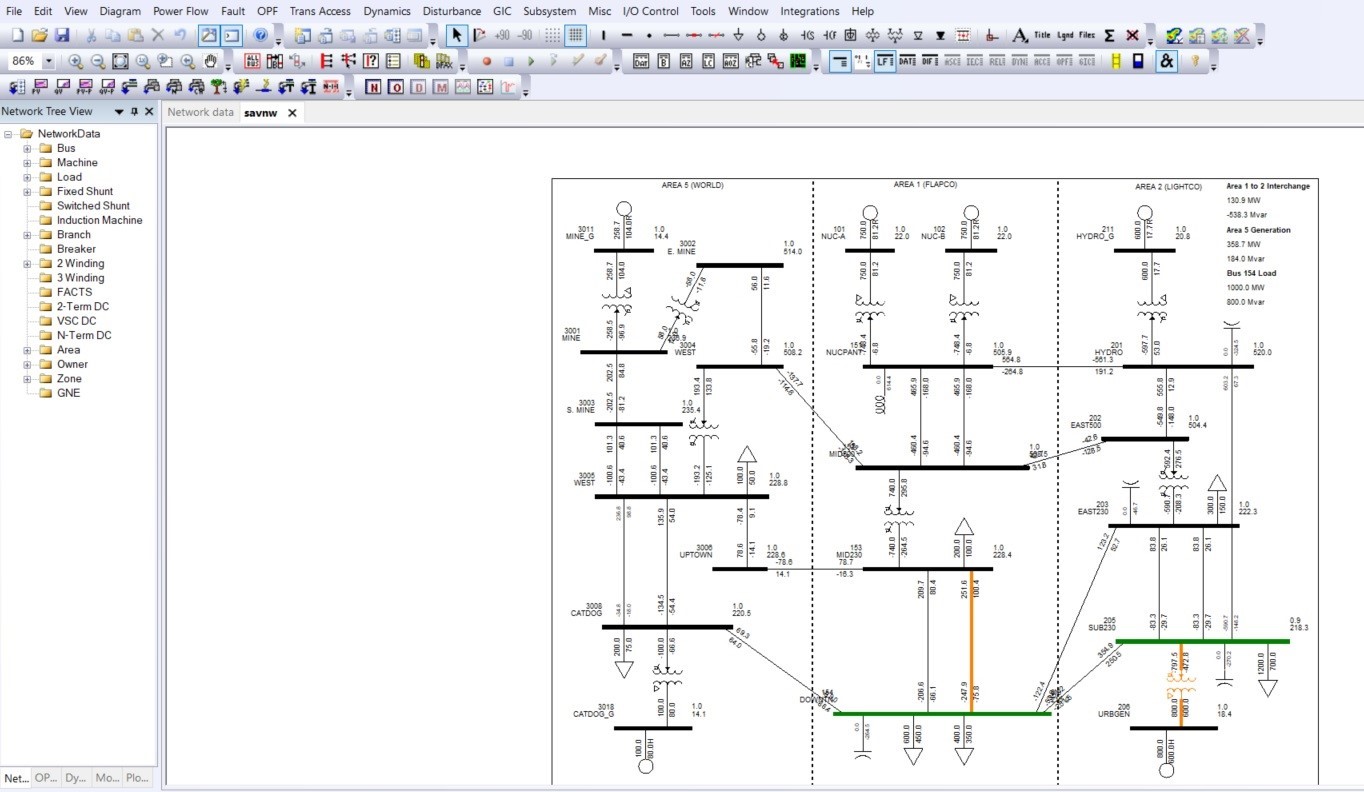


Modeling and Benchmarking
Grid modeling encompasses a range of analyses and assessments to ensure the reliability, stability, and efficiency of power systems. These studies are crucial for the safe and reliable operation of the electrical grid.
We employ a variety of powerful software depending on the application. Examples include:
PSS/E, PSLF, TSAT, Tara, PowerWorld, PSLF, PSCAD, ASPEN, ETAP, SKM, and others.
KLS offers the following studies and services for grid modeling:
1. Model Quality Testing for IBRs (MQT) in PSSE and PSCAD: Model Quality Testing ensures the accuracy and reliability of Interface-Based Models (IBRs) in both PSSE and PSCAD simulation platforms, enhancing the fidelity of representations.
2. Material Modification Studies: Material modification studies assess the impact of changes in grid components or parameters, helping grid operators make informed decisions about equipment upgrades or replacements.
3. Model Validation using PSLF: Power System Load Flow (PSLF) is utilized to validate the accuracy of power system models, ensuring they reflect real-world conditions and behaviors.
4. Steady State and Contingency Analysis (N-0, N-1, N-1-1): Steady-state analysis evaluates the normal operation of the grid, while N-1 and N-1-1 contingency analyses assess system reliability under various fault scenarios, ensuring grid stability during unexpected events.
5. Short Circuit Analysis: Short circuit analysis calculates fault currents in the grid, aiding in the design of protective devices and ensuring safe operation during faults.
6. Dynamic Transient Stability Analysis: Dynamic analysis evaluates the grid’s ability to maintain stability during transient disturbances, such as sudden load changes or equipment faults, preventing cascading failures.
7. Short Circuit Ratio Analysis: Short circuit ratio analysis helps determine the adequacy of generators and transformers to withstand short circuits, ensuring their reliability and longevity.
8. Reactive Power Capability: Assessing the grid’s reactive power capability is essential for voltage control and grid stability, ensuring voltage levels remain within acceptable limits.
9. Transfer Capability (Thermal, Voltage) Analysis: Transfer capability analysis assesses the ability to transfer power between grid areas while maintaining thermal and voltage constraints, optimizing grid usage.
10. Subsynchronous Torsional Interaction (SSTI) Analysis: SSTI analysis aims to mitigate the risk of subschronous resonance, a phenomenon in which the natural resonance in turbine-generators shafts get excited by other synchronous machines, variable speed drive trains, series capacitive-compensated transmission line, and etc. This can lead to unstable resonances and growing torsional oscillations, which can damage generating equipment and affect grid stability.
